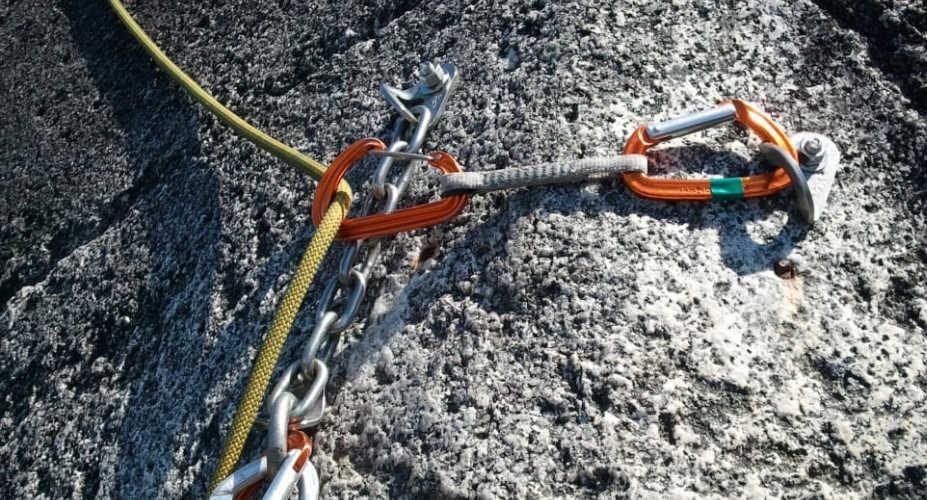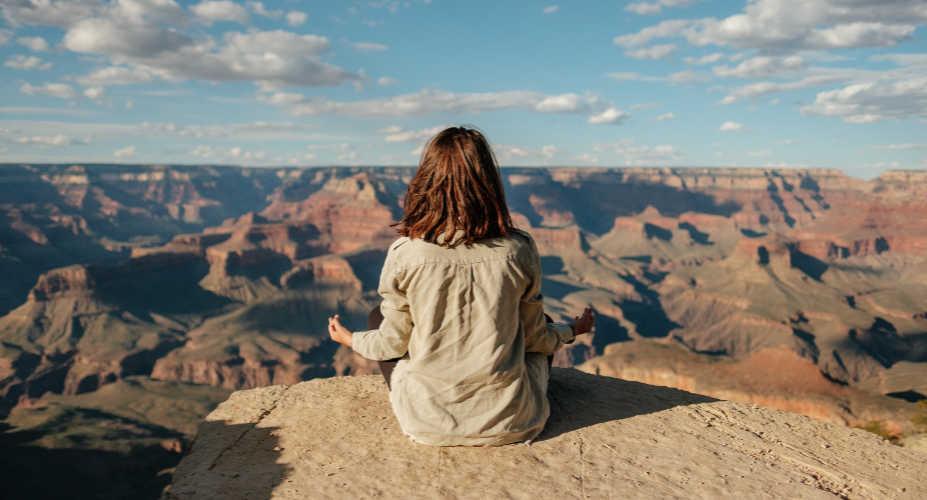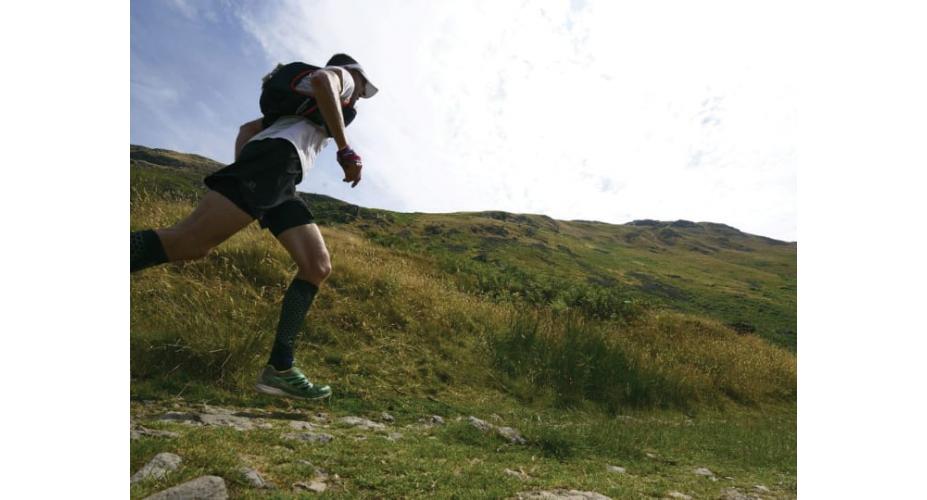
Every climber has a favorite piece of gear, whether it's a trusty no. 2 cam fit for any rock or route, or climbing shoes so worn your toes are poking through the rubber, completely void of anything resembling an edge. For all the different types of climbing out there, there are many hundreds more types of climbing gear, and it can be tricky choosing what will work for you.
Along with safety, climbing equipment also tends to be associated with a bit of nostalgia for most climbers. It represents your hardest send, the epic trip out West, or the day you got caught in a rainstorm from hell.
To help you get started with your own epic adventures, we've put together this little beginner's guide to aid you in your quest to find the right kind of to suit your climbing needs. Read reviews, choose wisely, and treat your gear better than your girlfriend.
Bouldering
Bouldering is considered the purest form of climbing, and it requires the least amount of investment as far as equipment goes. Shoes are of course a given for all types of climbing. Make sure to try several brands and types of climbing shoes before deciding on a pair. A general rule is to make sure that the heel cup fits your foot from the start and there is no weird pressure or tightness.
A crash pad is essential for bouldering and many climbers own several. The size and quality is basically based on your budget and your preferred type of bouldering. If you're planning to get into highballing, a larger pad that covers more ground is recommended. A smaller satellite pad for sit-starts and to cover tree stumps and sharp ground-rocks is also a good investment and easy to attach to a larger pad for lugging.
Chalk buckets are primarily used by boulderers as well, and they make it easier to keep track of your chalk and also serve as a place to stash your brushes for clearing chalk and tick-marks off the rock.
Traditional Climbing

Traditional climbing gear is one of the biggest investments (except probably ice-climbing) that a climber can make, both monetarily and time-wise. The traditional climber is typically looking for adventure, seeking out new routes or exploring less visited established crags. Investing in at least one rope is essential for trad climbing and they vary in length, thickness, and specificity. Do your research and never consider using anything other than a climbing specific rope.
Protection, or pro, is basically the difference between trad climbing and free-soloing. You will want to invest in as many cams and nuts as you think you may need for where you plan on climbing. A nut-tool will also be handy for cleaning, especially the smaller versions of pro that can easily get stuck if you take a fall on them. There is a world of pro out there so check with your local experts on guidance to build your rack.
It is always a good idea to protect your noggin, no matter what your friends say. Get a helmet specific for climbing, and wear it.
There are several types of belay devices out there and every climber has a preference. Get one that you feel comfortable with using and master it. Belay gloves are not necessary, but they save your hands for when it really counts. Harnesses are also of personal preference and definitely require trying on before deciding on a brand and type. Climbing gear, especially harnesses, is usually (and should be) non-returnable so be sure to find the perfect fit before committing.
Quickdraws are what most trad- and sport climbers accumulate an abundance of, and though most climbers will rarely use more than 10 or 12, you can never have too many. Extra carabiners and slings make for a more than complete trad-rack to get you in and out of any situation.
Sport Climbing
Sport climbing is the easiest and quickest way to engage in rope climbing. Since sport routes are already bolted you will just need to bring your own quickdraws, ropes, harness, belay device, partner, shoes and simply climb on.
Of course, there are climbing styles other than the ones mentioned here but climbers that engage in ice- mixed- or alpine climbing for example, most likely got their start rope climbing and bouldering at the more accessible boulder-fields and crags like most of us regular monkeys do, and any of these climbing styles will prepare you for any future adventure you may seek.
Written by Sofia Bunger for RootsRated and legally licensed through the Matcha publisher network. Please direct all licensing questions to legal@getmatcha.com.






